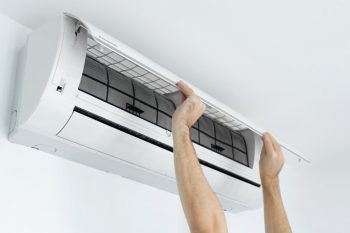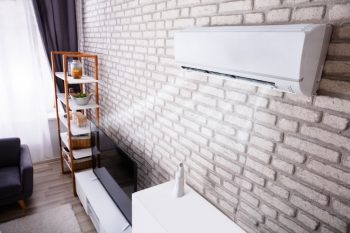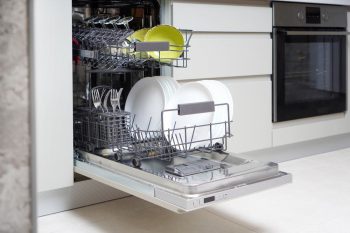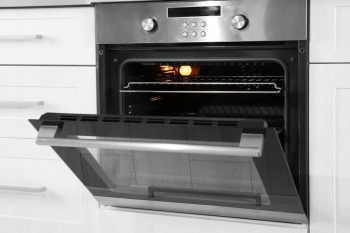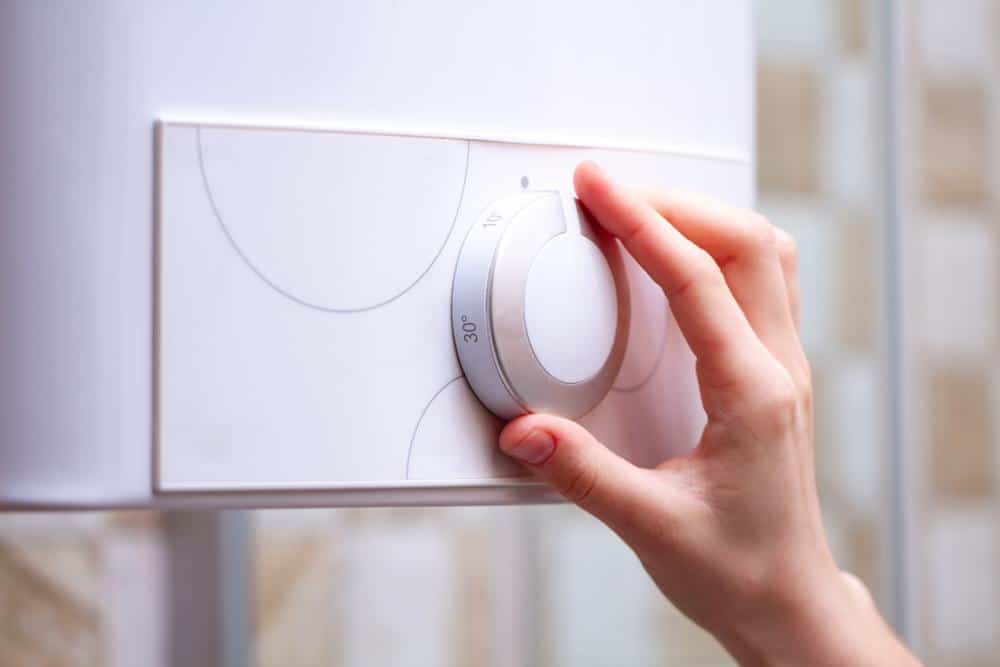
Installing a solar water heater on your roof is an excellent way to save money on your energy bills and reduce your carbon footprint. However, the installation process can be complex and requires careful planning and execution. In this in-depth guide, we’ll walk you through the steps of installing a solar water heater, discuss the benefits, provide troubleshooting tips, and address common challenges that you might face during the process.
Installing a solar water heater on your roof involves several steps. Firstly, choose a south-facing location on your roof with minimal shading. Mount the solar collectors on the roof using appropriate hardware and brackets. Install the storage tank and heat exchanger near the solar collectors. Connect the solar collectors to the storage tank using insulated pipes and then connect the system to your home’s existing plumbing. Install a solar controller to regulate the system and insulate all pipes and connections. Finally, perform a thorough check of the system to ensure everything is correctly installed and functioning properly.
Understand the Benefits
Before we dive into the installation process, let’s discuss the benefits of installing a solar water heater on your roof. Solar water heaters use the sun’s energy, a free and renewable resource, to heat your home’s water. This can significantly reduce your electricity bills and contribute to a cleaner environment by reducing the need for fossil fuels or natural gas. Moreover, solar water heaters often last longer than traditional systems, delaying the need for a replacement. Plus, installing a solar water heater can increase the value of your home, making it an attractive eco-friendly and cost-effective addition.
Choose the Right Location
The first step in installing a solar water heater is choosing the right location on your roof. You’ll want to select a south-facing section of the roof with minimal shading to maximize solar exposure. The location should also be close to your home’s existing plumbing system to minimize heat loss.
Mount Solar Collectors on the Roof
Once you’ve chosen the right location, you can begin mounting the solar collectors on the roof. Secure them using appropriate mounting hardware and brackets, ensuring they are properly anchored and waterproofed. Remember to work with a reputable professional installation company to ensure your solar water heater is correctly set up and functioning efficiently.
Install Storage Tanks and Heat Exchanger
The next step is to install the storage tank and heat exchanger. Place them close to the solar collectors to minimize heat loss. The tank can be installed on the roof directly coupled to the solar collectors, or in the attic or a utility room, depending on your home’s configuration and your preference.
Install Piping Systems for Transfer Fluid
Next, connect the solar collectors to the storage tank using insulated pipes. This will allow the heat transfer fluid to flow between the collectors and the tank. Ensure there are no leaks in the piping system to prevent heat loss and potential damage to your home.
Install Water Transport Pipes
Now, connect the solar water heater to your home’s existing plumbing system. This will allow the heated water to be distributed throughout your home.
Install Control Systems
A solar controller is essential to regulate the temperature and flow of water in the system. Make sure to install this device and familiarize yourself with its operation.
Insulate the System
To minimize heat loss, insulate all pipes and connections. This will help your system operate more efficiently and save more energy.
Perform a Final Check
Finally, conduct a thorough inspection of the system to ensure all components are correctly installed and functioning properly. Check for leaks, ensure the solar collectors are securely mounted, and make sure the control systems are working correctly.
Maintenance and Troubleshooting
Regular maintenance is crucial to keep your solar water heater working efficiently. This includes cleaning the solar collectors, checking the controller and sensors, monitoring fluid levels, and inspecting the system for any signs of damage, leaks, or corrosion.
If you encounter problems with your solar water heater, some common issues include sediment build-up, corrosion, freezing, fluid leakage, and insufficient hot water supply. If you’re unable to identify or fix the problem, call a professional to inspect the system and make repairs.
Conclusion
Installing a solar water heater on your roof is a significant investment, but it’s one that can pay off in the long run through lower energy bills and a reduced carbon footprint. By following the steps outlined in this guide, you can ensure a successful installation and enjoy the benefits of solar-powered hot water for years to come.
Frequently Asked Questions
What are the different types of solar water heaters available in the market?
There are three main types of solar water heaters: active direct circulation systems, active indirect circulation systems, and passive systems. Active direct systems circulate household water through the collectors and into the home. Active indirect systems use a heat transfer fluid that is heated in the collector and then passes through a heat exchanger to heat the water that then flows into the home. Passive systems work without pumps and controllers, relying on natural convection to circulate water.
How long does it take to install a solar water heater?
The time it takes to install a solar water heater can vary greatly depending on the complexity of the system and the existing house design. However, a general range is between 2 to 3 days for a professional installer to complete the installation.
Can I install a solar water heater myself?
While it’s technically possible to install a solar water heater yourself, it’s generally recommended to hire a professional. This is because the installation process can be complex and involves work with plumbing, electrical systems, and potentially hazardous materials. A professional installer will also be familiar with local codes and regulations that you may not be aware of.
What is the lifespan of a solar water heater?
The lifespan of a solar water heater can vary depending on the type of system, the quality of the components, the quality of the installation, and how well the system is maintained. However, most solar water heaters can last between 20 to 25 years, which is longer than conventional water heating systems.
What is the cost of a solar water heater?
The cost of a solar water heater can vary greatly depending on the type of system, the complexity of the installation, and your geographic location. On average, you can expect to pay between $2,000 to $5,000 for a solar water heater, including installation. However, there are often local, state, and federal incentives available that can significantly reduce the cost.





